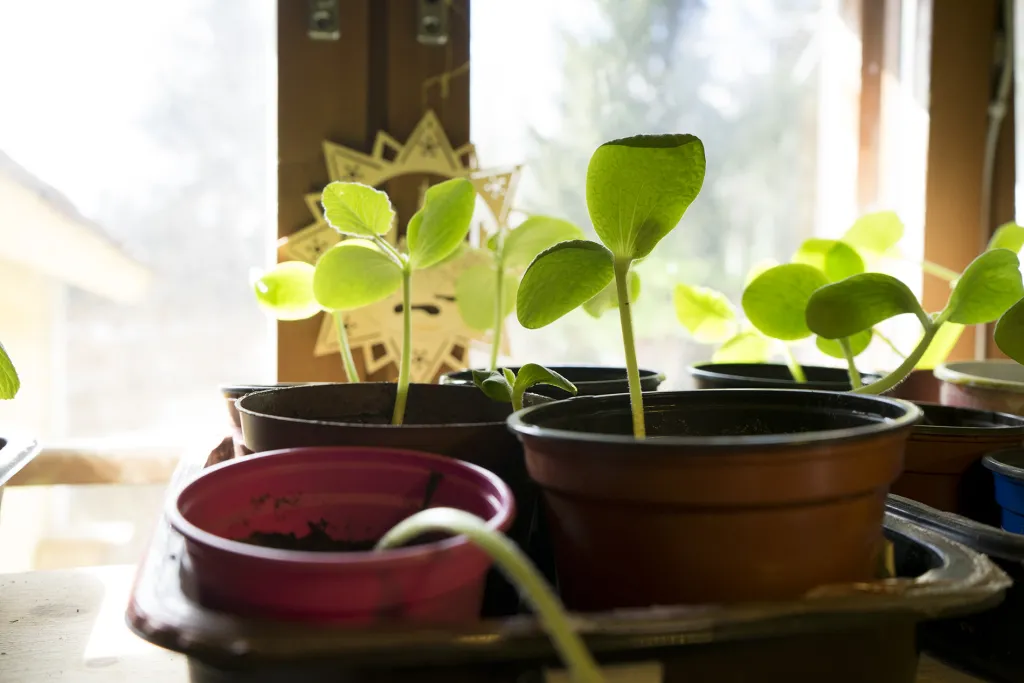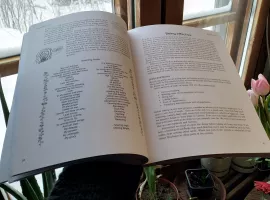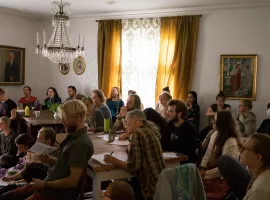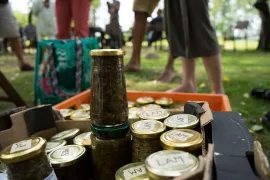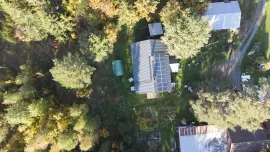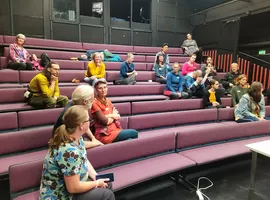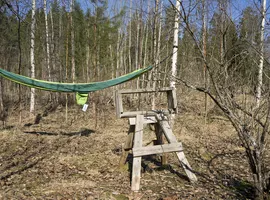Design processes used
Over the years many permaculture designers have designed design processes. Some of them very well known in the permaculture community:
- Obredim(et)
- Sadim(et)
- Ceap
- Whitefield
- Looby's Design Web
The common approach in permaculture design
- Observation and Assessment: This is the first step in permaculture design, where you take the time to observe and assess the land you'll be working with. This involves understanding the local climate, soil type, water sources, and the natural vegetation. This information will help you determine the best ways to design your permaculture system.
- Goals and Objectives: In this step, you'll establish the goals and objectives for your permaculture design. This might include things like growing food for personal consumption, creating a wildlife habitat, or reducing your carbon footprint. It's important to have clear goals in mind so you can make informed design decisions.
- Design Concepts: Once you have your goals and objectives, you'll begin to develop the concepts for your permaculture design. This might involve mapping out the location of different elements, such as gardens, orchards, and composting systems, as well as determining the best ways to manage water and waste. You'll also consider the role of different species, like plants and animals, in your system.
- Implementation: With your design concepts in place, you'll begin the process of implementing your permaculture design. This might involve planting, building structures, or installing water management systems. It's important to work with the natural environment and use techniques that are sustainable and low-impact.
- Maintenance and Monitoring: Once your permaculture design is up and running, you'll need to maintain and monitor the system to ensure it's functioning as intended. This might involve pruning plants, managing pests, or adjusting water management systems as needed. Over time, you may also make modifications to your design based on your experiences and the changing needs of the system.
Articles tagged with permaculture design process
Book review: People & Permaculture by Looby Macnamara
If you think permaculture is all about gardening, read this book!
Nordic Permaculture Festival Design - Part Three, Action Phase
Design for the 2022 NPF in Vesilahti, Finland. Part Three, the Action Phase. We have the team, the processes and the technical side set-up, so it is time to get rocking. I describe some problems we encountered in the team and how they were solved… more
Nordic Permaculture Festival Design - Part Two, The Festival Project
Design for the 2022 NPF in Vesilahti, Finland. Part Two, setting up the team for the task, including team building and management with the goal of ethical and principle-based co-creation of the 11th annual Nordic Permaculture Festival. This is… more
Nordic Permaculture Festival Design - Part One, Kick-Off Phase
Design for the 2022 NPF in Vesilahti, Finland. Part One, the process of kicking off the ethical and principle-based co-creation of the 11th annual Nordic Permaculture Festival – a gathering of permaculture people from all the Nordic countries to… more
Designing a food forest for Zone 1
This design is for a small multi layer garden (forest garden). It shows how easy it is to transform ~ 100 m² with permaculture design into a productive area.
Welcome to the PermaCafe
Over the past years the Finnish permaculture association used all kinds of different tools and processes to get members involved. The following design used permaculture ethics and principles to introduce a new social design tool called PermaCafé… more
Obr3dim
Yes, there are processes and there are good processes. Necessarily both are not the same. There are also those that cry for adaption and alteration. And one of those processes is Obredim.

